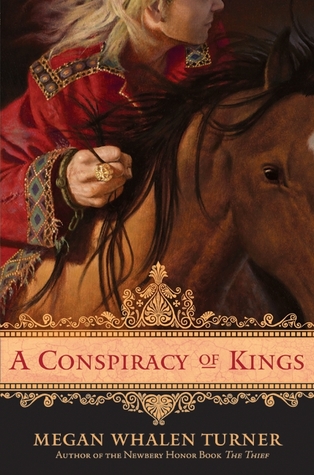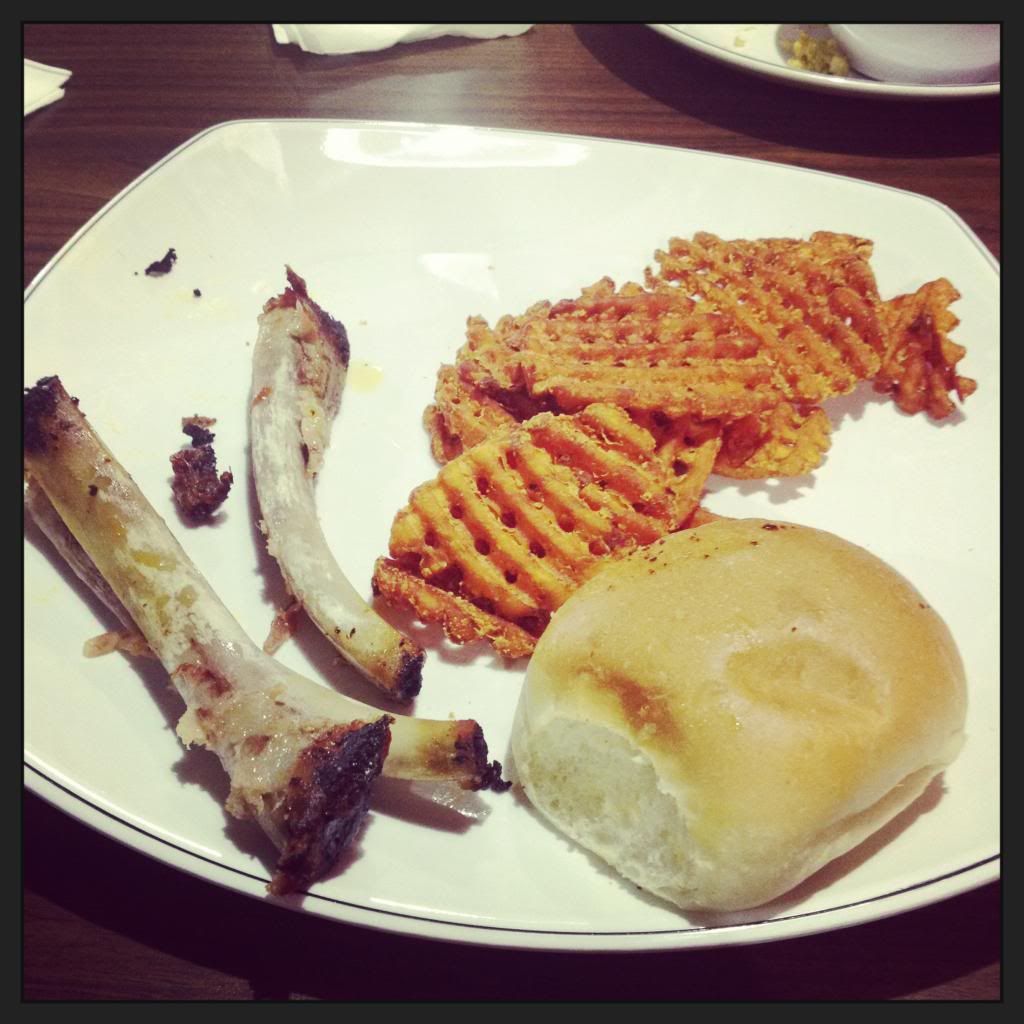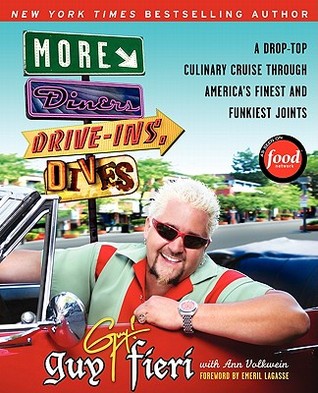A’s Best Books of 2013
- The Girl Who Circumnavigated Fairyland in a Ship of Her Own Making, by Catherynne M. Valente. This book hit so many of my awesome book buttons it’s not even funny. I enjoyed it SO MUCH that I didn’t even write a review of it for the blog because I couldn’t properly organize my thoughts about it to say anything beyond OH MAH GOD SO GOOD. I’ve been describing it to people by saying it’s what might result if The Phantom Tollbooth and Abarat had a baby, with something else magical added to the mix. It’s got whimsy, it’s got cleverness, it’s got intelligence, it’s got a solid foundation in folklore and the storytelling tradition, it’s got FEELS…and it’s got one of the most suckerpunch final paragraphs I’ve ever read. If you haven’t read this book, go do it now. Catherynne Valente is good stuff.

- Code Name Verity, by Elizabeth Wein. Speaking of suckerpunches…this is the book that made me cry for the last 50 pages. Which might not sound like fun, but it was. It’s a sad book about friends involved in the British war effort of World War II, but it’s not Jodi-Picoult-weepy by any means. It’s the kind of book that makes you feel fuller and better after having read it. It’s twisty and turny and a wonderful book about friendship. I can’t wait to read the companion novel, Rose Under Fire, which just came out this year. Elizabeth Wein—good stuff again. (Full review here.)

- A Conspiracy of Kings, by Megan Whalen Turner. Oh MWT, you have been on my list of favorite authors for even longer than Holly Black. How I wish I could visit the Ancient Mediterranean/Byzantine-inspired world of your books and hang out in the courts of Attolia, the forests of Eddis, and the…well, I can’t think of anything in particular to recommend Sounis, other than Sophos. Sophos was sweet and adorable in The Thief, and I am so, so glad he got his own book. He grows up as the world around him is facing tumultuous times, and he learns to take his place in that world and help change and guide it through what is coming. People love Gen, and I most certainly do, but I love Sophos, too. I felt such a sense of joy upon finishing this book that I’m not sure I’ve felt after reading all that many others, and I can’t wait for the next one. If you haven’t tried this series, you don’t know what you’re missing. Get on it.

- The Coldest Girl in Coldtown, by Holly Black. Megan Whalen Turner, and now Holly Black! So many of my long-standing favorite authors provided some of my best reads this year. This compulsively readable, edgy vampire tale was a great standalone, and I wouldn’t say no to any sequels if they were to come along. I don’t know what the magic is in Holly Black’s writing, but she enchants everything she touches, and I can’t wait to read what she does next. (Full review here.)

- Old Man’s War, by John Scalzi. When people talk about their favorite sci-fi books, John Scalzi’s name usually comes up. His books had always been on my mental longlist of things to read someday, but seeing him at Phoenix Comicon in the spring spurred me to bump his debut novel up the list. I’d not have predicted that military sci-fi would be my thing, but while there were certainly moments of squeamishness for me, the book was funny, intelligent, and a pleasure to read. It was the sort of book where I’d put it down to eat a meal, and then after eating, think, okay, maybe a couple more pages… and before I knew it the book was over. I still haven’t gotten to the sequels, but I definitely have them on my list to pick up in 2014. (Full review here.)

- Paper Towns, by John Green. I guess there’s not really much for me to say about John Green that hasn’t been said before, eh? His books tap into what it feels like to be a young adult, but you don’t have to be a young adult to understand and appreciate the stories he tells and the characters he creates. In my opinion at least, they have an undeniable realness to them that can’t help but engender empathy in the reader. Paper Towns is witty, thoughtful, and compelling. The question of what happened to Margo kept me tearing through the pages until there was no more to read.

- Sir Gawain and the Green Knight, by Unknown. I listened to the audiobook of Simon Armitage’s translation of this classic, and I cannot recommend it highly enough. This is a poem that is meant to be heard, and the translator’s foreword helped me appreciate aspects of the text I might have missed otherwise, such as the purpose of the alliteration and the bob-and-wheel pattern. All poetry geeking aside, though, I think anyone can appreciate the rhythm, flow, and legendary quality of this poem. Check your library’s digital collection for the audio version, and then read it, too! (Full review here.)

- Six-Gun Snow White, by Catherynne M. Valente. Hey look, it’s Catherynne Valente again! Whereas her other book on this list is a middle grade/YA-ish novel, this one is most decidedly for grown-ups. The poetry of her writing is staggering, and this Wild West Snow White tale is drenched in mythology and folklore, as I’ve come to expect from her. It was my first read from Cat V, and it immediately cemented her into my pantheon of favorites. If you can track this one down or download it for your e-reader, it will be well worth it. (Full review here.)

- The Different Girl, by Gordon Dahlquist. This quiet, intelligent, slow-burn of a book has really stuck with me since I read it in November. Gordon Dahlquist was already a favorite of mine when I picked this up, but I’d never read any sci-fi from him before and I think he nailed it. The way it makes you think about things, and then think about thinking about things, and examine what defines “human” is really quite masterful. And did I mention how refreshing it is to read a YA book without any romance at all? It’s the sort of book that leaves you with questions, but the mystery and the need to use your brain to make inferences is half the fun. (Full review here.)

- The Ocean at the End of the Lane, by Neil Gaiman. I thoroughly enjoy Neil Gaiman, and his latest was no exception. This slim volume is by turns creepy, eerie, and moving. The story of a man remembering a frightening and otherworldly experience from his childhood and the family of three women who helped him through it reminded me a little of Doctor Who at times (in all the best ways), and the little twist in the final moments of the book really tied it all together and made it extra affecting.

I’m looking forward to more good reads in 2014, especially with my newly adopted stance of dropping books I’m not enjoying. Off the top of my head, I’m looking forward to more from Cat Valente, Libba Bray’s next Diviners book, and the final volume in Moira Young’s Dust Lands trilogy. And of course I hope to make more progress on my backlogged to-reads as well! What were some of the best things you read this past year? What’s looking good to you in 2014?
We at Read This / Eat That thank you for your readership, comments, and kindness this past year as we tried to work out the kinks in running a books-and-food blog, and we wish you all the best in the coming year as the countdown begins. 3…2…1…



















































